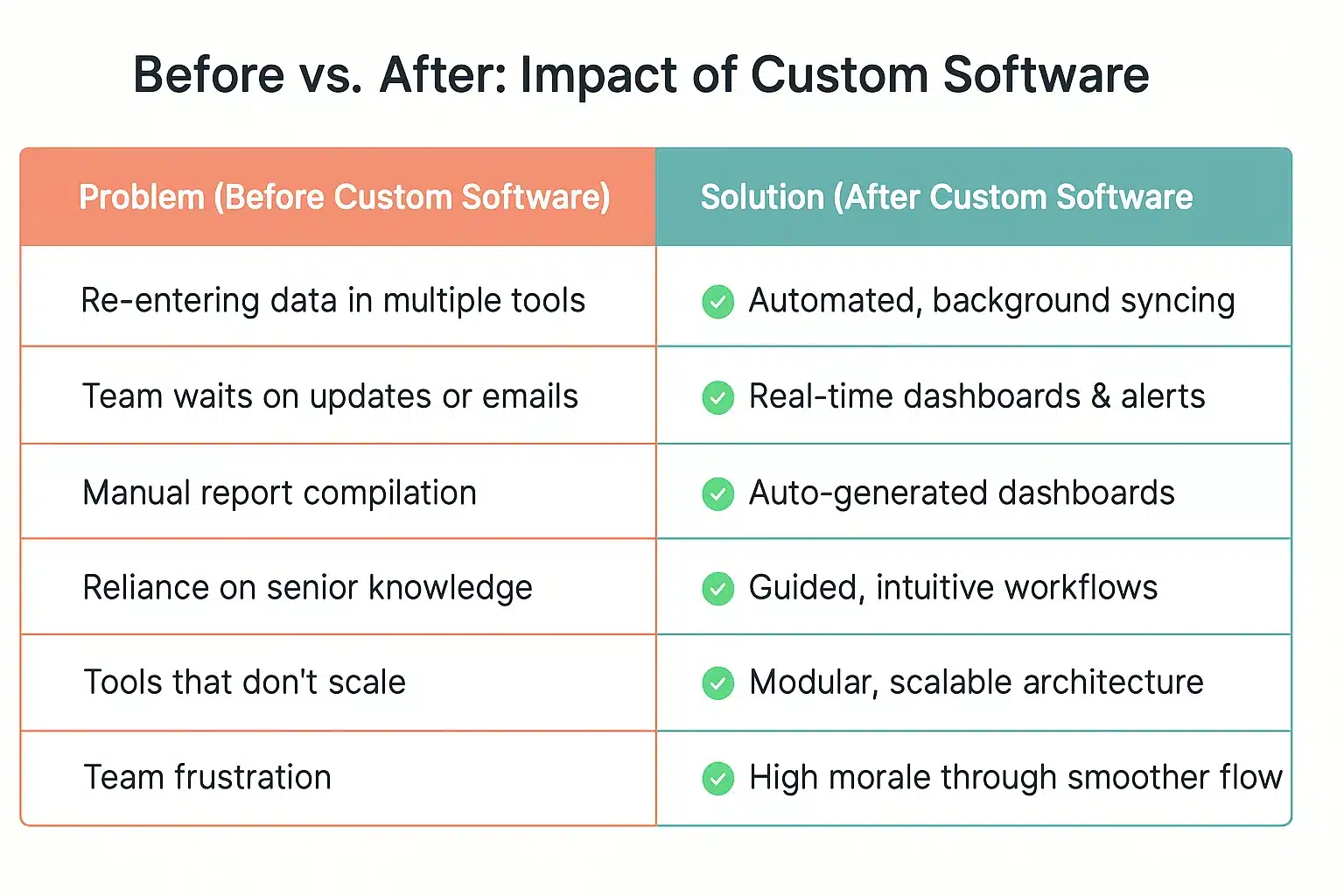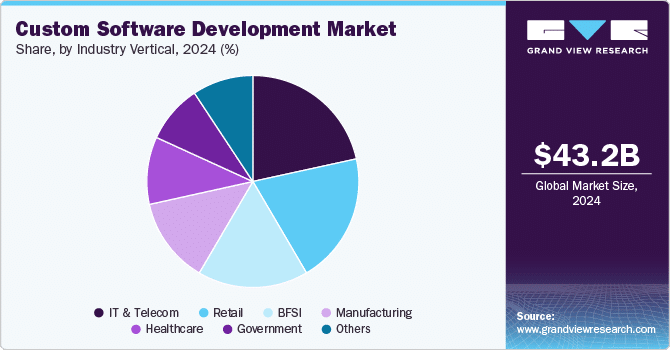The software industry is highly dynamic, and because of this, testing has become a key factor in ensuring quality. This is why well-organized and integrated test management systems are in great demand.
These systems strengthen the QA process by managing test cycles and triggering test runs across Agile, DevOps, or hybrid environments. Choosing the right test management tools in software testing is essential for maintaining product quality.
In this guide, we will explore the best test management tools that will help you optimize your testing process.
Top Test Management Tools in Software Testing
Here are the top testing management tools to use for business projects.
1. TestRail
TestRail is a widely known test management tool that provides a software development company with the ability to manage and execute testing processes, whether automated or manual.
Why QA teams love TestRail
- Centralized test repository: Keep consistency, cut down on duplication, and arrange test cases in organized folders.
- One-stop management: For quicker releases, centralize your QA people, technology, and procedures.
- Smooth automation: Handle automated and manual testing processes with ease.
- Flexible scalability: TestRail can grow with your business or meet your changing QA requirements.
2. Xray
Xray provides a natural and smooth testing experience for teams that use Jira. This is one of the test management tools in software testing that ensures seamless collaboration. It builds a real-time connection between the development and QA teams.
Why QA teams love Xray
- Integrated with Jira: You can do all the test case creation, organizing, and tracking within Jira.
- Making exploratory testing simple: And if you’re into exploratory testing, the Xray Exploratory App lets you easily record and save your sessions.
- Real-time dashboards: Get the state of tests and requirement coverage immediately.
- Automation-ready: Works with frameworks such as JUnit, Cucumber, and Selenium.
3. Zephyr Enterprise
Zephyr Enterprise by SmartBear was designed for software development companies to demand scalability. It also offers strong data management and software integration features that support both automated and manual testing. This makes it especially useful for large organizations seeking centralized control with enterprise-level flexibility.
Why QA teams love Zephyr Enterprise
- Complete testing lifecycle: Everything is integrated, from creating test cases to monitoring their execution.
- Test the management of data: Use sophisticated test data settings to manage a variety of circumstances.
- Jira integration in both directions: Easily synchronize development and testing.
- Third-party support and API: Connect to your whole DevOps toolkit.
4. BrowserStack Test Management
BrowserStack Test Management is one of the test management tools in software testing for creating reports. It focuses on two-way synchronization with Jira for real-time reporting and automation.
Why QA teams love BrowserStack Test Management
- Reusable test case: templates and bulk modification.
- AI-powered: failure analysis and test development.
- Reports in real time: with personalized dashboards and filters.
- Seamless infrastructure interaction with the robust testing infrastructure of BrowserStack.
5. TestMo
TestMo is continually becoming a more popular choice for Quality Assurance teams because of its intuitive design and low cost. For small QA teams that want an easy-to-use tool with all the features, TestMo is the best option by far.
Why QA teams love TestMo
- Workflow improvements: the interface of the application is customized.
- Exploration sessions: Easily monitor and save accessibility testing sessions.
- Automation integration: Connecting directly with DevOps and CI/CD pipelines.
- Comprehensive reports: Be aware of the latest test executions, milestones, and automation projects’ status.
6. Kualitee
Kualitee, created by testing professionals, is perfect for Agile teams with an ALM experience. Kualitee is a favorite among test management tools in software testing because of its cost-effectiveness.
Why QA teams love Kualitee
- Reusable databases: Test cases should be arranged and reused between projects.
- Customizable reports: Adapt templates and dashboards to the requirements of the project.
- Requirement traceability: Monitor the relationships between tests and requirements.
- Ready for collaboration: Set alarms, assign problems, and facilitate tester-developer collaboration.
7. SpiraTest
With solid integrations, SpiraTest gives a view of your QA process. Everything is centralized in one place, with requirements management and issue tracking. If your organization deals with complex QA procedures, it provides the depth and flexibility.
Why QA teams love Spira
- Multiple integrations: Among the various integrations, Jenkins and JIRA are the most typical ones.
- Complete traceability: Step-by-step process throughout the whole lifecycle that encompasses requirements.
- Graphical dashboards: Charts visualize the QA team’s performance.
- Cross-platform compatibility: It is the support of each OS, i.e., iOS, Android, Linux, and Windows.
8. OpenText ALM Quality Center
OpenText ALM Quality Center is a reliable option for businesses for major projects. It is one of the test management tools in software testing, renowned for its strong security and traceability. ALM Quality Center is a strong option if you need a safe end-to-end project governance solution.
Why QA teams love OpenText ALM Quality Center
- Risk testing: Organize tests by their business impact.
- Complete traceability: Keep track of every single detail, e.g., requirements and defects.
- Enterprise-grade compliance: for sectors like telecom, healthcare, and finance.
- Transparency: Real-time dashboards and in-depth analytics are readily available.
9. QMetry
QMetry is unique and incorporates automation and AI into testing. It increases Agile teams’ efficiency with features like flaky test detection and Gen AI test cases. QMetry is a forward-thinking technology that’s reinventing how AI enables continuous testing.
Why QA teams love QMetry
- Numerous integrations: Integrates with Azure DevOps, DevOps pipelines, and CI/CD technologies.
- AI-driven writing: Create automated test scenarios with intelligent ideas.
- Self-healing automation: Identifies problematic tests as per your use.
- Codeless automation: Make mobile and API test scripting easier.
10. Tuskr
Tuskr provides an easy-to-use interface that is important to your team. It is renowned for its real-time analytics, robust test run management, and UI. For small teams seeking simplicity and comprehensive reporting, Tuskr is ideal.
Why QA teams love Tuskr
- Progress monitoring: Use real-time dashboards and burndown charts to stay informed.
- Personalized outcome statuses: Keep track of test results that fit your process.
- Adaptable test runs: Run complete or selective test cycles.
- Workload diagrams: Distribute resources across testers as efficiently as possible.
Why Test Management Tools Are Essential?
Here is what test management tools in software testing offer businesses.
- Streamlined processes: Centralized administration minimizes confusion and manual errors.
- Enhanced cooperation: Test cases, findings, and updates are easily exchanged.
- Improved visibility: The data in the real-time dashboards informs stakeholders about QA progress.
- Complete traceability: Link tests, requirements, and defects to guarantee accountability from the very start.
- Reliable quality: Automated and repeatable processes for decreased production defects.
How to Choose the Right Test Management Tool?
Let’s look at the pointers to pick the best test management tool.
- Specify your needs: Recognize your objectives, testing volume, and teamwork requirements.
- Examine the features: See through the features, reporting, automation, and integration support.
- Consider ROI and price: Calculate the long-term benefits against the subscription costs.
- Check for scalability: Ensure the test management tools in software testing will scale with the project.
- User-friendly assess: This is a user-focused tool to cut down the overhead costs.
- Compatibility tests: Allows seamless cooperation between version control, bug trackers, and CI/CD.
Conclusion
Test management tools in software testing are essential to guarantee software quality and dependability. Delivering faultless software more quickly is the same objective regardless of what you pick. Or you can get a professional QA team for your assistance.
FAQ
1. What is the way to improve the investment return of my quality assurance team with the help of QA test management software?
QA test management software not only handles testing but also manages planning, execution, monitoring, and reporting across all stages. This helps reduce manual work and eliminate unnecessary steps. Teams can easily run tests, link defects, and focus more on actual testing rather than coordination.
2. What if my team already uses Jira and Excel? Do I still need a test management solution?
Yes, because a dedicated test management platform offers advanced features that Jira and Excel lack—such as test case versioning, traceability matrices, real-time dashboards, and CI/CD pipeline integration. Jira and Excel can only provide basic tracking.
3. Are test management tools compatible with CI/CD pipelines and automation configurations?
Yes. Most leading tools integrate smoothly with Selenium, Jenkins, GitHub, Jira, and DevOps pipelines. Whether the tests are manual or automated, their progress and results remain transparent.
4. What type of data can test management tools provide that is useful for business decisions?
Modern test management tools include customizable dashboards that show key metrics like defect density, test coverage, pass/fail ratio, and QA velocity. These insights help teams and businesses make informed decisions.
5. How do test management tools help companies with compliance and audit readiness?
With traceability reports, audit trails, and change logs, test management tools support companies in maintaining compliance. They are especially useful in regulated industries such as healthcare and finance.





